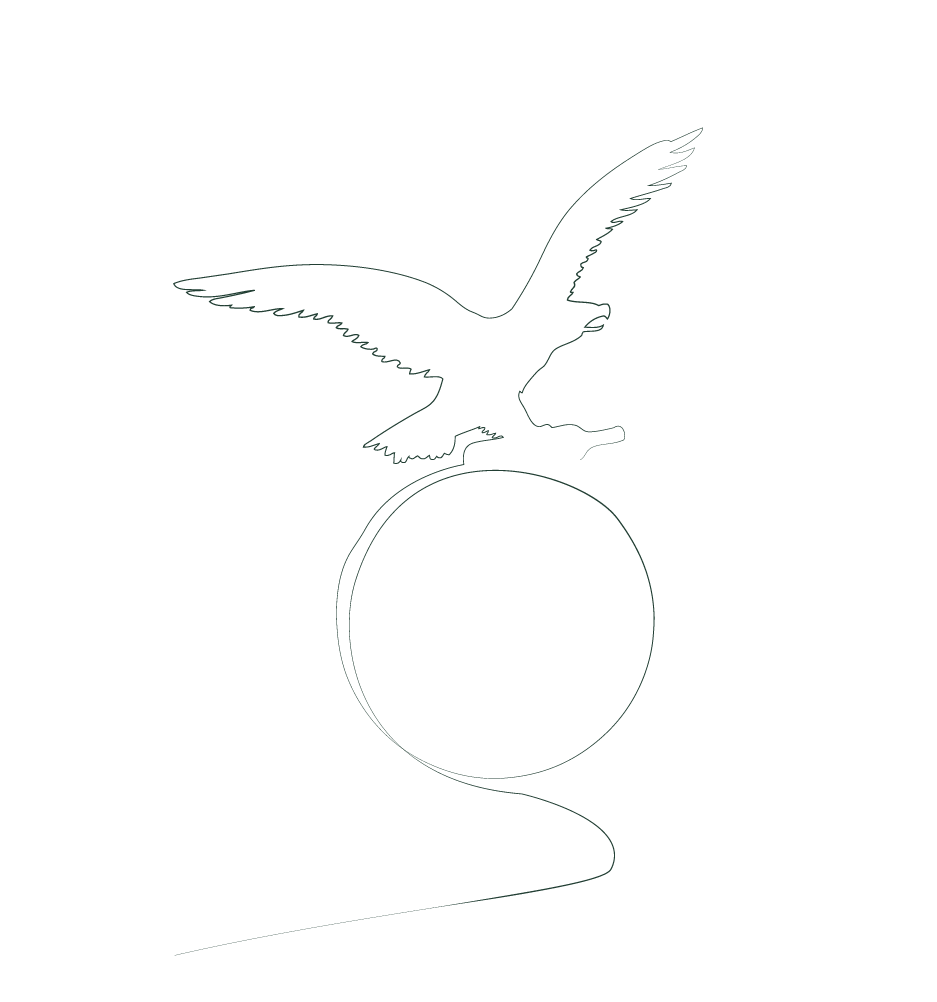
From 1845 to now
INVENTIVENESS and creativity
In 1845, an apothecary, Bernardino Branca, created and started producing, in his laboratory in Milan, and selling a medicinal preparation based on herbs, spices and roots for the treatment of various diseases that were very widespread at the time, including cholera and malaria. This marked the creation of the Fernet-Branca herbal liqueur and the start of the long 180-year history of Fratelli Branca Distillerie, the original core of the Branca International Group.
The product was so successful that, in a very short time, the fame of this herbal liqueur had spread throughout Italy and abroad as well. In the space of just a few years, thanks to its great properties, the founder’s intuition and the Italian migrant waves that reached unprecedented peaks during the Great Depression, the Fernet-Branca liqueur spread first in Europe and then in North and South America.
In those years, Fratelli Branca soon developed from a craft activity into a successful enterprise, to the point that the original factory in the Porta Nuova district of Milan had to be extended to meet the demand for the wide range of products that, in the meantime, had been added to the Fernet-Branca and, later, it was replaced by a new plant in Via Resegone, which is still today the Group’s production facility.
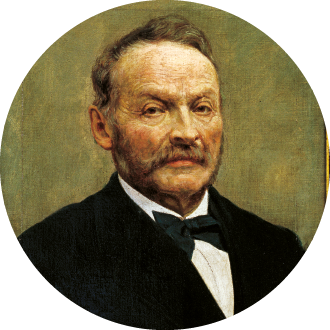
1845
FOUNDATION
Bernardino Branca invented Fernet-Branca, the amaro with the still secret formula that would make history. From domestic production to opening the plant in Corso di Porta Nuova: one of the most daring business ventures started in Milan, the Fratelli Branca Distillerie, from where Fernet-Branca was distributed all over Italy.
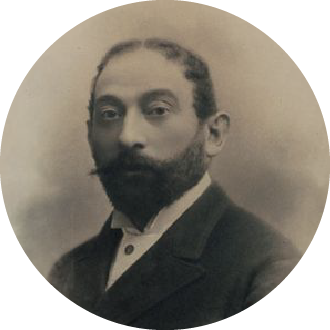
1862
STEFANO BRANCA
Stefano Branca entered the company and launched new products on the market and organised the Milan Expo of 1881: it was an immediate success.

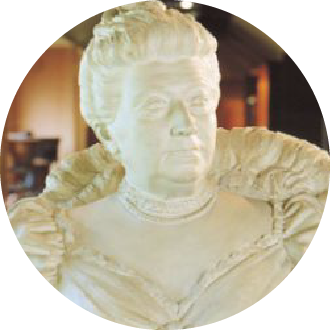
1891
MARIA SCALA
After the death of Stefano his wife Maria Scala led the company until their son, Bernardino, came of age.
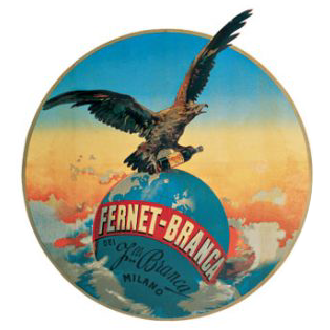
1895
A new logo was created for the company by Leopoldo Metlicovitz featuring the iconic image of the eagle grasping of bottle of Fernet-Branca in its claws as it flies over a globe. A decade later, on 27 November 1905, the logo, which, at the turn of the century, had invaded bars, restaurants and patisserie shops around the world, was officially registered with the Ministry of National Economy

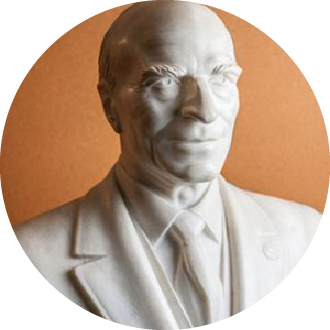
1907
Dino Branca took over the management and started building the new factory in via Resegone 2, Milan, which is still the current production plant, also housing the company Museum, inaugurated in 1911
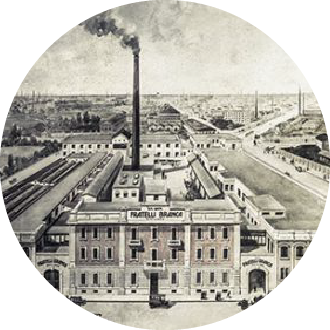
1918
Dino Branca transformed Fratelli Branca Distillerie into a public limited company consolidating the capital to 150 million lira and expanded it by building production sites all over the world. During the post war period they focused on reconstruction and production restarted. In 1933 he was awarded a comital title and in 1938 King Vittorio Emanuele III awarded him the hereditary title of Conte di Romanico, as recognition of his merit in the industrial and healthcare industry.

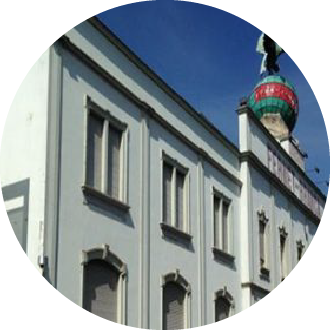
1930
The plant in Saint Louis, Alsace opened.
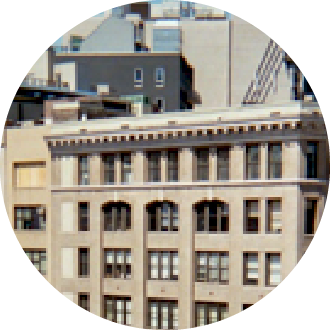
1932
Two new companies were incorporated, S.A. Fratelli Branca Distillerie in Chiasso (Switzerland) and Fratelli Branca & C. Inc. in New York (USA), where, in 1934, a plant for producing the medicinal Fernet-Branca was opened at 131 Hudson St.

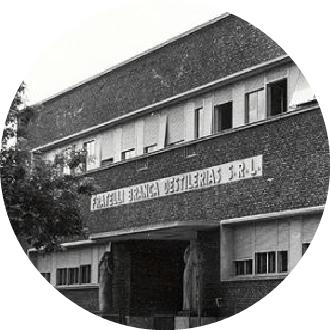
1941
A new company was established in Buenos Aires (Argentina) called Fratelli Branca Destilerías. The Fernet-Branca liqueur was already widely known in the country, thanks to the migration there of many Italians since the end of the 19th century and, given its success, in 1925 the company had licensed Hofer & C. – the exclusive distributor of the product in South America – to produce the liqueur in Argentina using the extract sent from Italy.
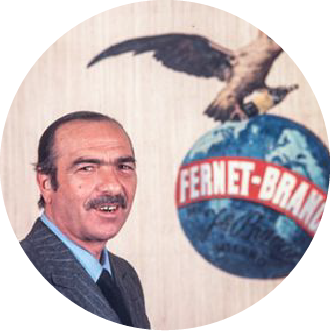
1955
Two years before his death Dino Branca gave up his role as President which passed to his son Pierluigi: with him full recovery, a commercial and communication expansion started in Italy.

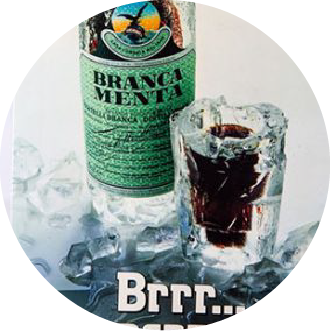
1965
Pierluigi revamped the company by concentrating on production in Italy, launching an innovative liqueur Brancamenta, which combined beneficial and digestive properties with the pleasure of a refreshing taste. In the United States the product was repositioned from the pharmaceutical to the retail channel.
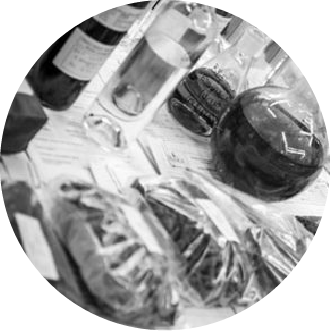
1981
The Centro Studi Branca Research Centre was opened focusing on quality control and research into medicinal herbs.

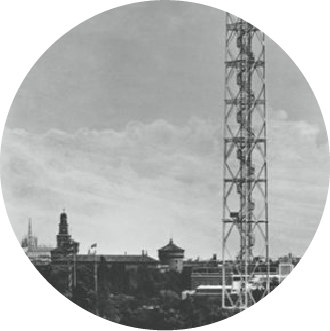
1985
Giuseppe Branca developed the acquisition strategy of historical Italian brands, such as Distilleria Candolini of Tarcento. He established Villa Branca S.r.l., based in Mercatale Val di Pesa, and the Branca product portfolio welcomed new entries, such as the Villa Branca Chianti Classico and Villa Branca Chianti Riserva wineries and an extra-virgin olive oil. The company also entered into an exclusive 29-year concession agreement with the City of Milano for an iron panoramic tower located in the city’s Sempione Park called the Park Tower, and renamed the Branca Tower as a result of the operation, in exchange for its restoration at the company’s expense. In 1990, he launched the Via Resegone factory expansion project, subsequently dedicated to the Branca Museum.

1999
A holding company, Branca International SpA, founded after the death of Pierluigi Branca: Niccolò Branca, Pierluigi’s son, was appointed Chairman and also became CEO of Fratelli Branca Distillerie. Niccolò Branca greatly boosted the overhauling and reorganisation of the Group according to the principle of innovation within tradition, while also starting to look into the concepts of sustainability and corporate ethics, which inspires the work of Branca International. The strategic and operational decisions adopted from then onwards would lead Distillerie to new and significant positions on the reference markets, competing with prime multinational companies. The existing brands were strengthened, new products acquired and extension lines created. The group’s operations in Argentina and the US were also strengthened and the entire internationalisation and product diversification process continued and intensified.

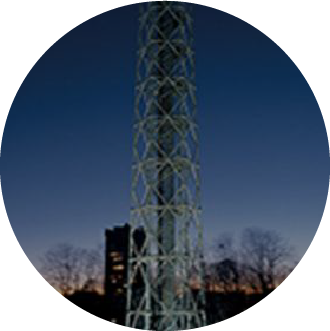
2002
Restoration work on the tower was completed, Branca inaugurated it by opening it to the public: an asset and a symbol very dear to the people of Milan was given back to the city with a new gathering place in the green heart of Sempione Park.
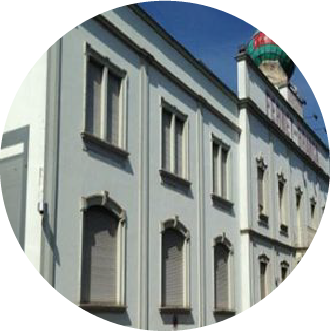
2004
The old Fernet-Branca distillery in Saint-Louis, built in the 1900s, was transformed into a Museum and the l’Espace d’Art contemporain Fernet-Branca opened to the public on the 15 June 2004, which became part of the cross-border cultural scene connected to the nearby city of Basel.

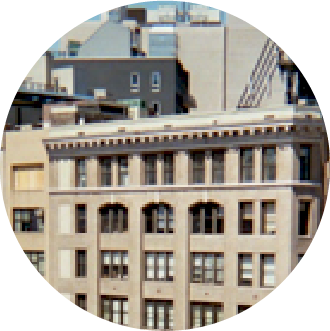
2006
Branca Real Estate Srl became fully operational.
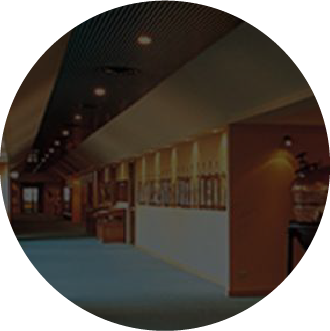
2009
The Collezione Branca opened, a wealth of history and culture in the heart of Milan. A journey through raw materials and work tools, herbs, roots, spices and objects, all precious testimonies to a production system.

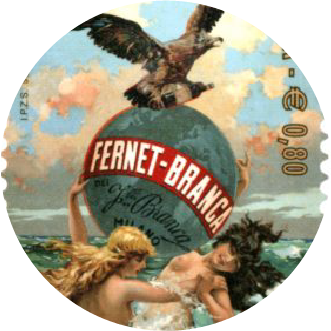
2015
Branca celebrated its 170th anniversary, an important milestone for the company, its tradition and its soul. On this occasion the Group unveiled, as its gift to the City of Milan, the newly restyled chimney of the via Resegone plant, decorated by internationally renowned street artists in a blaze of colours and patterns inspired by the herbs and bottles that have secured the fame of Fernet-Branca. The publisher Rizzoli also published the monographic work “Branca, sulle ali dell’eccellenza”, acclaimed as the best publication of the year by the Osservatorio Monografie Italiane (OMI) and, last but not least, the Ministry for Economic Development recognised the industrial excellence of Branca by issuing a limited edition postage stamp.
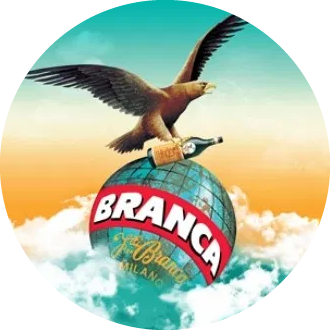
2019
The Branca USA subsidiary was established in New York, for the purpose of managing the import, distribution and direct sale of all Branca products in North America. Yet another step forward in ensuring the group’s expansion on the US market.

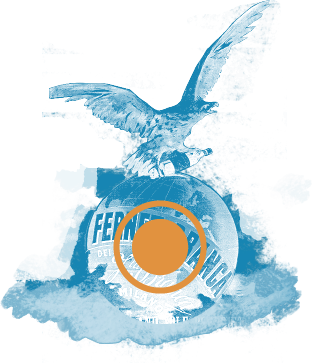
Today
Branca is present in 160 countries on five continents, with a widespread and well-organised distribution network. The company is increasingly engaged in differentiating its offer, expanding well beyond the field of liqueurs and vermouths, even though the original herbal liqueur invented by its founder continues to represent the core of its business, the secret of a success story that has continued seamlessly for 180 years. The latest new products, unveiled in 2019, are Carpano Botanic Bitter, which completes the array of aperitifs, and Stravecchio XO. In addition to the production and distribution of spirits, today Branca International Group also operates in the real estate, cultural and financial sectors.
It is the motto “Novare Serbando” – (working on innovation whilst respecting traditions) handed down from generation to generation – that the company has always found to be their leitmotiv for growth, focusing on quality and innovation whilst respecting traditions in tune with the evolution of the socio-economic context, market trends and consumer needs.
This motto is the expression and synthesis of the values that guide the company and that go hand in hand with the principles of the Economy of Awareness.
This expression synthesises the way Branca International manages the present and looks to the future without ever forgetting the values that forged the industrial and entrepreneurial company of the Branca family. “Serbare” (preserve, nurture) represents the intuition of the founder who started a long tradition of doing and making and a unique craftsmanship that uses formulas to prepare products that have remained unchanged.
It is the motto “Novare Serbando” – (working on innovation whilst respecting traditions) handed down from generation to generation – that the company has always found to be their leitmotiv for growth, focusing on quality and innovation whilst respecting traditions in tune with the evolution of the socio-economic context, market trends and consumer needs.
This motto is the expression and synthesis of the values that guide the company and that go hand in hand with the principles of the Economy of Awareness.
This expression synthesises the way Branca International manages the present and looks to the future without ever forgetting the values that forged the industrial and entrepreneurial company of the Branca family. “Serbare” (preserve, nurture) represents the intuition of the founder who started a long tradition of doing and making and a unique craftsmanship that uses formulas to prepare products that have remained unchanged.

